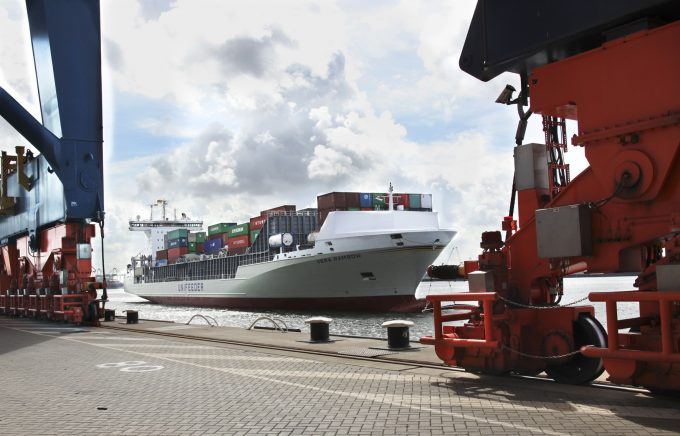Relief for shortsea as charterers find themselves back in the driving seat
Owners of smaller containerships are now settling for much shorter charters and reduced daily hire ...

Cash-strapped deepsea container lines could achieve around $250m of annual “hidden value” cost savings in the European feeder market, according to a new white paper published by SeaIntel Maritime Analysis.
Carriers lost a collective $4bn in the first half of 2016, intensifying the pressure to drive down costs through ...
CMA CGM South Korean staff strike over bonuses after bumper 2024 profit
'Another painful headache for shippers' as Asia-N Europe rate rally ends
Amazon Air Cargo partners-up for new transpacific route into the US
MSC switches two more Asia-Europe port calls from congested Antwerp
Ports and supply chain operators weigh in on funding for CPB
Nightmare for Bangladeshi exporters as congestion and tariffs bite
CMA airline returns two freighters, while ANA takeover of NCA looms
Carriers introduce surcharges as congestion builds at African ports

Comment on this article
John Roberts
September 15, 2016 at 4:04 pmthis article basically confirms what I said in January this year.
https://theloadstar.com/container-shipping-preview-2016/
Ed Enos
September 16, 2016 at 5:10 pmGood article that, in some ways would seem intuitive. But within the last several years we have witnessed the big carriers run the small carriers out of town on purpose. The rest is history. Now even the big carriers with their mega ships are stunned by losses on a daily basis. There is nothing out there on the horizon that will change this scenario any time soon. While I agree with the premise of the writer’s opinion, I don’t know if the shipping execs have the wisdom to move this way. Look at the decisions they’ve already made that brought our industry to where it is today!?
Today we have ships big enough to carry 21,000 TEU’s. Sadly, they don’t seem to have the ability to carry any “common sense” onboard, eh?